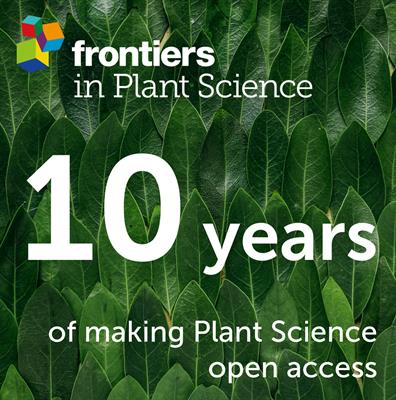Colocalising proteins and polysaccharides in plants for cell wall and trafficking studies
IF 4.1
2区 生物学
Q1 PLANT SCIENCES
引用次数: 0
Abstract
Plant cell walls (PCWs) are intricate structures with complex polysaccharides delivered by distinct trafficking routes. Unravelling the intricate trafficking pathways of polysaccharides and proteins involved in PCW biosynthesis is a crucial first step towards understanding the complexities of plant growth and development. This study investigated the feasibility of employing a multi-modal approach that combines transmission electron microscopy (TEM) with molecular-genetic tagging and antibody labelling techniques to differentiate these pathways at the nanoscale. The genetically encoded electron microscopy (EM) tag APEX2 was fused to植物中蛋白质和多糖的共定位,用于细胞壁和贩运研究
植物细胞壁(PCW)是一种复杂的结构,其中的复杂多糖通过不同的运输途径输送。揭示参与 PCW 生物合成的多糖和蛋白质的复杂运输途径是了解植物生长和发育复杂性的关键第一步。本研究调查了采用多模式方法的可行性,该方法结合了透射电子显微镜(TEM)、分子遗传标记和抗体标记技术,可在纳米尺度上区分这些途径。将基因编码的电子显微镜(EM)标签 APEX2 与拟南芥纤维素合成酶 6(AtCESA6)和烟草赤霉烯酮样 1(NaARADL1)融合,并将其瞬时表达在烟草本根叶片中。然后将 APEX2 定位与果胶特异性抗体(JIM5 和 JIM7)的免疫标记相结合。我们的研究结果表明,AtCESA6 和 NaARADL 的转运模式各不相同,AtCESA6 主要定位于质膜和囊泡,而 NaARADL1 则存在于跨高尔基体网络和细胞质囊泡中。在两种 APEX2 构建物的质膜附近、高尔基相关囊泡和分泌囊泡团(SVC)中都观察到了果胶表位。值得注意的是,在与 APEX2-AtCESA6 囊泡相邻的囊泡中发现了 JIM7 标记,这表明可能存在共同贩运现象。这种综合方法为在纳米尺度上阐明 PCW 各组分之间的动态相互作用提供了强有力的工具。本文介绍的方法有助于精确绘制蛋白质和多糖的贩运途径图,加深我们对 PCW 生物合成的了解,并为今后旨在为各种应用进行植物细胞壁工程设计的研究提供途径。
本文章由计算机程序翻译,如有差异,请以英文原文为准。
求助全文
约1分钟内获得全文
求助全文
来源期刊

Frontiers in Plant Science
PLANT SCIENCES-
CiteScore
7.30
自引率
14.30%
发文量
4844
审稿时长
14 weeks
期刊介绍:
In an ever changing world, plant science is of the utmost importance for securing the future well-being of humankind. Plants provide oxygen, food, feed, fibers, and building materials. In addition, they are a diverse source of industrial and pharmaceutical chemicals. Plants are centrally important to the health of ecosystems, and their understanding is critical for learning how to manage and maintain a sustainable biosphere. Plant science is extremely interdisciplinary, reaching from agricultural science to paleobotany, and molecular physiology to ecology. It uses the latest developments in computer science, optics, molecular biology and genomics to address challenges in model systems, agricultural crops, and ecosystems. Plant science research inquires into the form, function, development, diversity, reproduction, evolution and uses of both higher and lower plants and their interactions with other organisms throughout the biosphere. Frontiers in Plant Science welcomes outstanding contributions in any field of plant science from basic to applied research, from organismal to molecular studies, from single plant analysis to studies of populations and whole ecosystems, and from molecular to biophysical to computational approaches.
Frontiers in Plant Science publishes articles on the most outstanding discoveries across a wide research spectrum of Plant Science. The mission of Frontiers in Plant Science is to bring all relevant Plant Science areas together on a single platform.
 求助内容:
求助内容: 应助结果提醒方式:
应助结果提醒方式:


